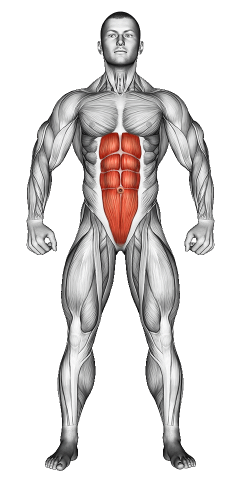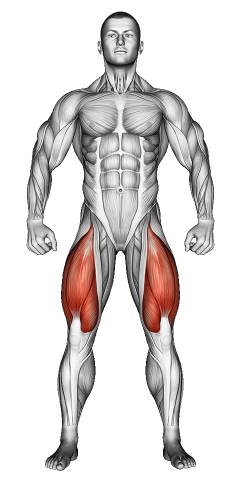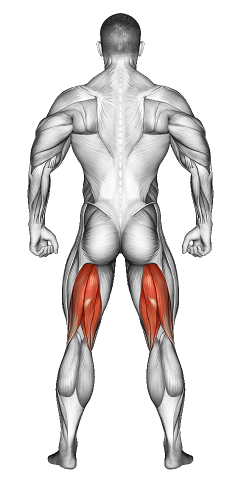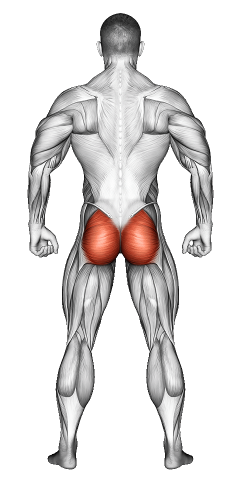Plank Jacks: Video Tutorial & Exercise Guide

Written By: Claude Michael
Updated: Oct 13, 2024
| Workout | Plank Jacks |
| Primary Muscle Group | Abs |
| Secondary Muscle Group | Quads, Hamstrings Glutes |
| Equipment Required | Bodyweight |
| Force Type | N/A |
| Mechanics | Compound |
| Exercise Type | Cardio |
| Difficulty | Intermediate |
Plank Jacks: Video Tutorial & Exercise Guide
Secondary Muscles Group
Plank Jacks: Step-by-Step Guide
- Step 1: Start in a high plank position with your hands directly under your shoulders, legs extended, and your core engaged. Your body should form a straight line from head to heels.
- Step 2: Engage your core to keep your hips steady. Keep your gaze slightly ahead of your hands to maintain a neutral neck position.
- Step 3: Jump both feet out to the sides, just wider than shoulder-width, while keeping your upper body still.
- Step 4: Quickly jump your feet back togClaude to return to the starting position. This is one rep.
- Step 5: Repeat the movement at a steady pace for the desired number of repetitions or duration, making sure to maintain proper form throughout.
Plank Jacks: Overview
Plank jacks are a dynamic core exercise that combines the benefits of a plank with cardio, making them great for building endurance, burning calories, and strengthening your core. By incorporating jumping movements, plank jacks engage your core, shoulders, legs, and cardiovascular system.
This exercise is perfect for adding intensity to your workout routine, and it can be modified for different fitness levels by adjusting the speed or performing step-outs instead of jumps.
Plank Jacks: Benefits
Plank jacks offer a full-body workout with a special emphasis on core stability, making them effective for improving core strength, balance, and endurance. They also elevate your heart rate, making them a good cardio exercise for burning fat and boosting cardiovascular health.
In addition to strengthening your core, plank jacks activate your legs, glutes, and shoulders, helping you improve coordination and agility. This exercise also builds functional strength, which can aid in everyday activities and athletic performance.
Plank Jacks: Pro Tips & Advanced Techniques
To maximize the effectiveness of plank jacks, focus on keeping your core tight and your hips steady. Avoid letting your hips sag or lift too high during the movement. For an extra challenge, try slowing down the jumps to increase time under tension or incorporate a resistance band around your thighs to engage your glutes further.
Plank Jacks: Progression Plan
Beginner
Intermediate
Advanced
Plank Jacks: Frequently Asked Questions (FAQs)
What muscles do plank jacks target?
+Plank jacks primarily target your core, including the abs and lower back, while also engaging your shoulders, glutes, and legs.
Are plank jacks good for weight loss?
+Yes, plank jacks are an effective cardio exercise that elevates your heart rate and burns calories, making them a great addition to a fat-loss workout routine.
Can beginners do plank jacks?
+Yes, beginners can modify plank jacks by stepping their feet out and in instead of jumping. This reduces the intensity while still engaging the core and legs.
How often should I include plank jacks in my workout?
+Plank jacks can be included 2-3 times per week in your core or cardio workout routine. They can also be part of a high-intensity interval training (HIIT) session.
What common mistakes should I avoid when doing plank jacks?
+Avoid letting your hips rise too high or sag down, as this can lead to lower back strain. Keep your core engaged and your back straight throughout the movement.
Share
Don’t Wish for It, Work for It – Join the FlexXP Newsletter Today!
Thank you for signing up for the FlexXP Newsletter!
This site is protected and the Google Privacy Policy and Terms of Service apply.



